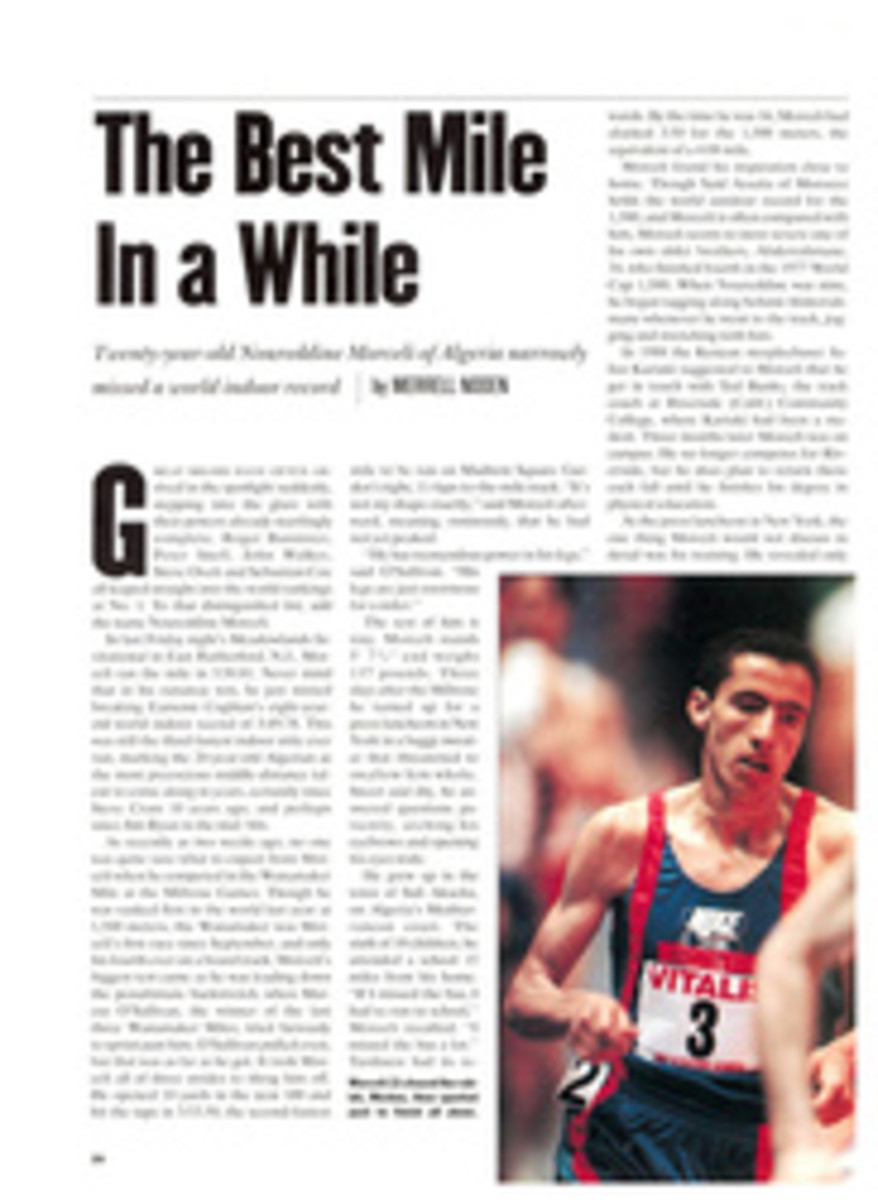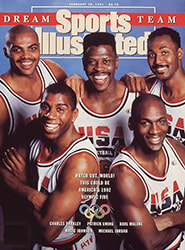
FROM THE EDITOR
In less than a month, free-lance photographer Kenneth Jarecke went from southern Montana, where he shot the evocative pictures accompanying this week's article on basketball on the Crow reservation (page 60), to Dhahran, Saudi Arabia, where he is now covering the war in the Persian Gulf for TIME. His landing in Dhahran on Jan. 17 was delayed two hours because of a Scud missile attack near the airstrip. He was taking photos in the Saudi town of Khafji only hours before Iraqi tanks rolled in. "Sure, I'm nervous," says the 27-year-old Jarecke. "The war is completely alien to me."
Jarecke's skill at acclimating to the unfamiliar was one reason we selected him for the story on the Crows. "It required someone who could do reportage," says SI associate picture editor Brad Smith, "someone who could spend time with the people there and be sensitive to their situation."
Jarecke spent two days observing members of the tribe before taking any pictures, which were shot in black-and-white to better reflect the somberness of special contributor Gary Smith's story. Soon enough, Crows were approaching to give him hour-long lectures on their way of life. After a week, he was a comfortable presence on the reservation and was even granted access to a sweat lodge, a small structure in which pieces of sandstone are heated and then doused with water to create steam as part of a sacred prayer and purification ritual.
Jarecke's first concern in taking pictures of the ceremony was a lack of light. But the Crows pour water on the stones four times during the ritual, with a break after each of the first three dousings when they open up the lodge, and Jarecke took his photos during those breaks. He was careful not to shoot to the end of his roll of film, lest the sound of the camera automatically rewinding disrupt the ceremony. And all the while he was hoping that the moisture in the air wouldn't jam his camera. It didn't. After working for 45 minutes in 150° heat, Jarecke stepped outside into the 20° air. "The ceremony took place next to a beautiful stream, and afterward I almost jumped in," he says. "But when I got to the river's edge, I wasn't sure if I would be able to get out. The bank was four feet high, and I was so exhausted from the heat."
Last week the Omaha-born, New York-based Jarecke, who has covered everything from Jesse Jackson's presidential campaign for the New York Times Magazine to the '88 Summer Olympics for TIME, joined a pool of photographers approved by the Pentagon to cover possible ground combat. Asked if there was any similarity between his work in Montana and the Middle East, Jarecke said, "There are two types of assignments photographers do. One is only for the money—just shoot a picture. The other is to document events for history. You could say both of these assignments fall into that latter group."
PHOTO
RONALD PLEDGE/CONTACT
The events that Jarecke has helped document for history include the '88 Seoul Games.

